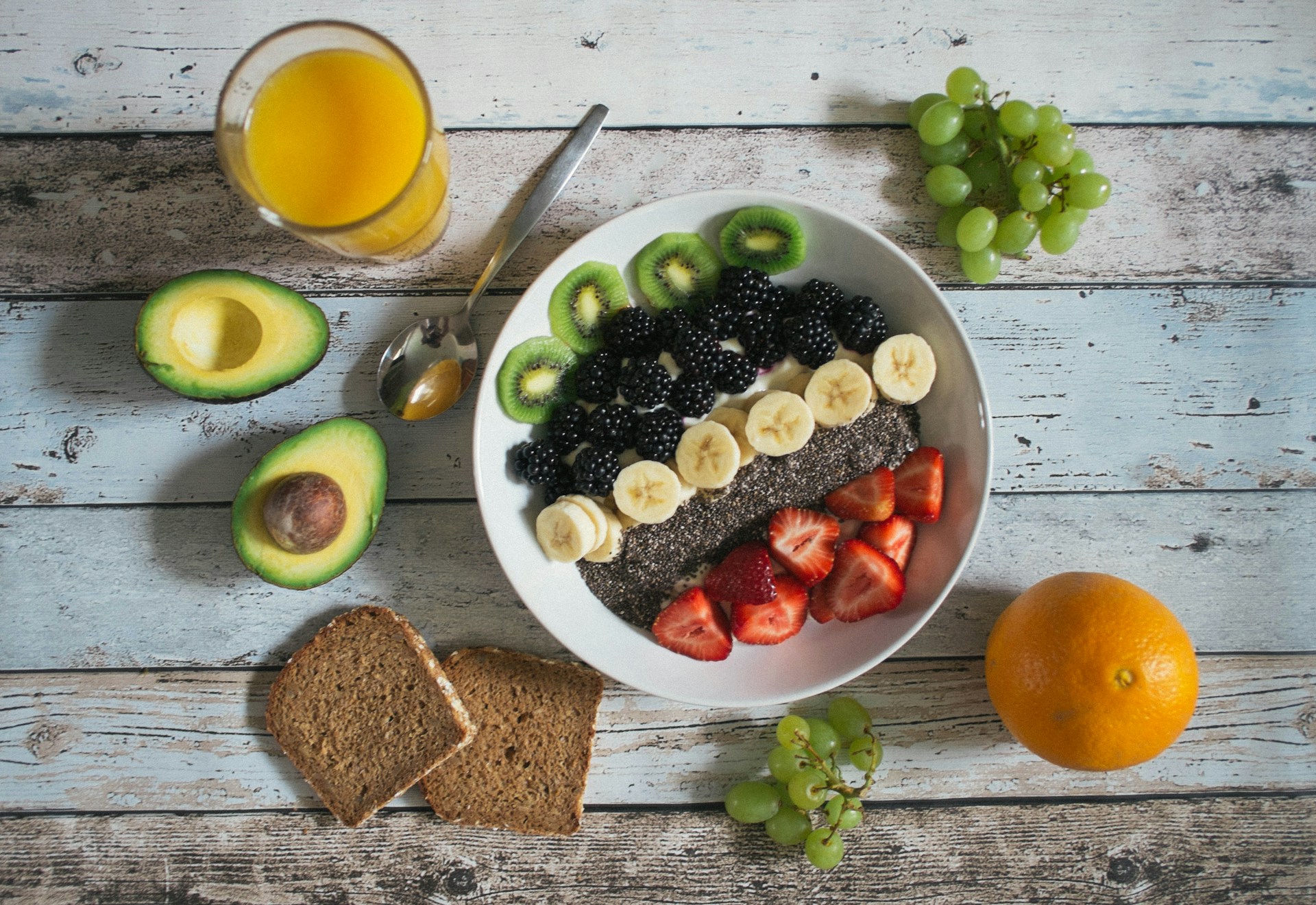
Body + Mind is reader-supported. We may earn an affiliate commission when you buy through some of the links on our site.
Many young people track their protein intake with smoothies, creative meals and specialized snacks. The trend is all over the internet, which might partially explain why people forget about fiber. Learning about why it’s important and how the nutrient can improve your health might encourage you to refine your diet.
The Cancer Research Institute recently published findings that one in five adults diagnosed with colon cancer is now under 55 years old. While there are many reasons colon cancer can develop, a lack of fiber may contribute. The nutrient provides many health-boosting benefits you can enjoy today if your diet doesn’t have a strong fiber foundation. There’s no need to sign up for culinary classes either. Fiber is widely available in many budget-friendly foods.
You might find it easier to make long-term changes to your diet once you know how each nutrient serves you. Uncover what fiber does for your health to get excited about eating more of it.
Fiber is a prebiotic, so it supports good bacteria in your gut by feeding it. Maintaining those colonies helps your body break food down. You’ll absorb more nutrients in your meals and snacks if your gut is up to the job. You may even feel more comfortable after eating if your digestive system isn’t straining to break food down like it may have been in recent years.
You might not think fiber has anything to do with blood pressure, but that’s untrue. When it feeds your microbiome, your body gets the nutrients it needs to relax your blood vessels. Research shows that eating fiber consistently lowers blood pressure long-term through this natural effect.
When fiber enters your digestive system, it mixes with your stool and absorbs water. The liquid turns your waste into a solid mass that passes easily through your colon. When that happens consistently, Christina Fasulo, RDN, CNSC, says it limits your carcinogen exposure by reducing its contact with your colon lining. Eating more fiber won’t eliminate your cancer risk, but it could help you avoid an early diagnosis.
If you always deal with cravings, you might need help feeling full. Fiber can solve that problem. When it reaches your stomach, its water-absorbing abilities expand your stomach and trigger additional hormone production. Those hormones promote a sense of fullness by telling the brain you’re satisfied. You could gain better portion control with more fiber in your meals.
Fiber from whole foods and high-fiber products can improve insulin sensitivity and reduce how often your blood sugar spikes. High blood sugar makes your kidneys work harder and can lead to diabetes. You’ll keep yourself healthy by being aware of how much fiber you eat daily and adding more when needed.
Cholesterol builds up when you don’t have enough lipoproteins to move it through your blood vessels. Eating additional sources of soluble fiber aids serum lipid management so your body can take care of cholesterol before it poses a health concern. Refining your diet with fiber-filled groceries may prevent or manage heart conditions better.
Experts recommend that adults eat 25 to 30 grams of fiber daily to support their health. You don’t need to worry if you aren’t consuming anywhere close to that much fiber. Making minor dietary adjustments can make your daily intake reach those numbers and support your well-being.
Some people experience the disadvantages of fiber if they don’t integrate it into their diet slowly. The nutrient can cause gastrointestinal pain or flatulence for people with sensitive stomachs. Try increasing your fiber intake slowly over many days. Once your digestive system gets used to encountering and breaking it down, you can enjoy more fibrous foods without discomfort.
You don’t need to pay a nutritionist to show you how to eat fiber more consistently. Consider using a few trusted strategies to bulk your diet with the gut-supporting nutrient.
One medium potato has five grams of fiber, so consider eating more of the budget-friendly veggie. Regular and sweet potatoes are both full of fiber. You could enjoy them baked, mashed or roasted.
Oats are another natural source of carb-based fiber. You’ll get 12 grams of the nutrient in 100 grams of steel-cut oats. Make them for breakfast, meal prep them on weeknights or bake them into muffins to enjoy more of the organic grain.
When in doubt, visit the produce section of your grocery store and grab something green. Dark green foods are often high in fiber. Broccoli has 1.82 grams in every cup, and Brussels sprouts add 4.8 grams of fiber to your diet for every 100 grams you cook. Roast, fry or shred the green veggies to easily incorporate them in casseroles, sheet pan meals and more.
If you consider yourself someone with a sweet tooth, you might feel relieved to hear that fiber is in numerous fruits. The National Cancer Institute points out that it’s available in foods like strawberries, blackberries, apples and apricots. You can dine on them while they’re fresh, bake them into desserts or blend them into smoothies. They’ll retain their nutritional value no matter how you prefer to eat fruit.
You don’t have to feel like eating more fiber is a struggle. Explore the various foods it comes in to have fun making new recipes. You’ll improve your health and potentially reduce your risk of colon cancer by trying to reach the recommended fiber intake for the average adult. Talk with your doctor if you have any questions or feel you might benefit from more or less than the recommended guidelines.
Your email address will only be used to send you our newsletter, and at any time you may unsubscribe. For more information, see our Privacy Policy.